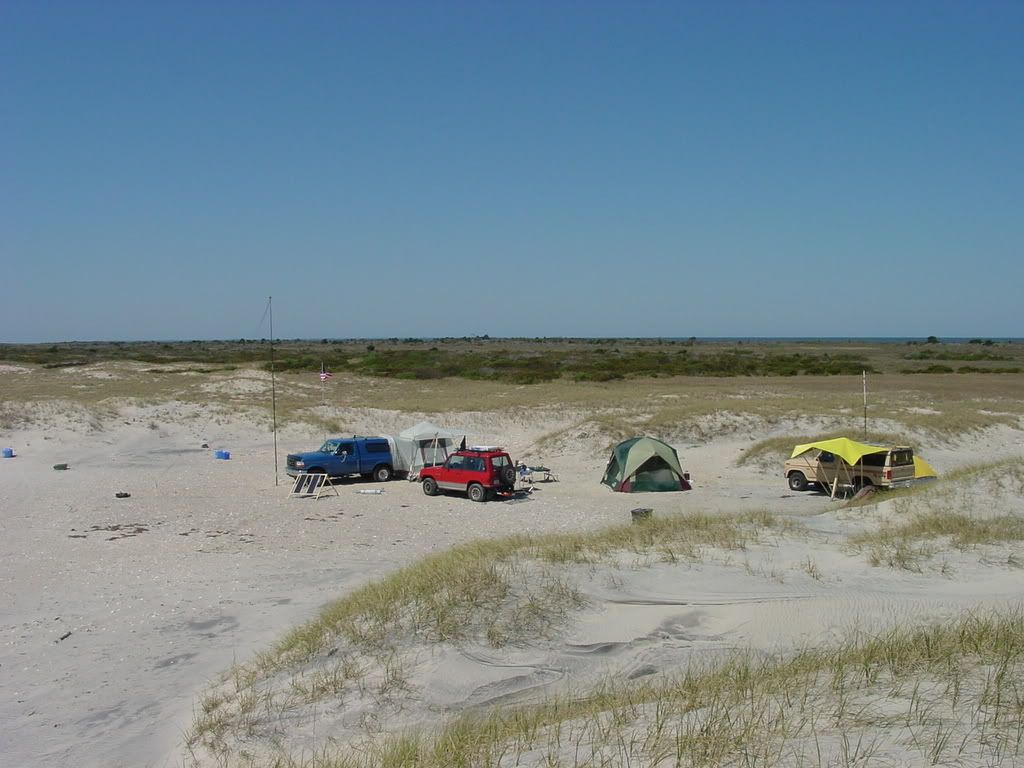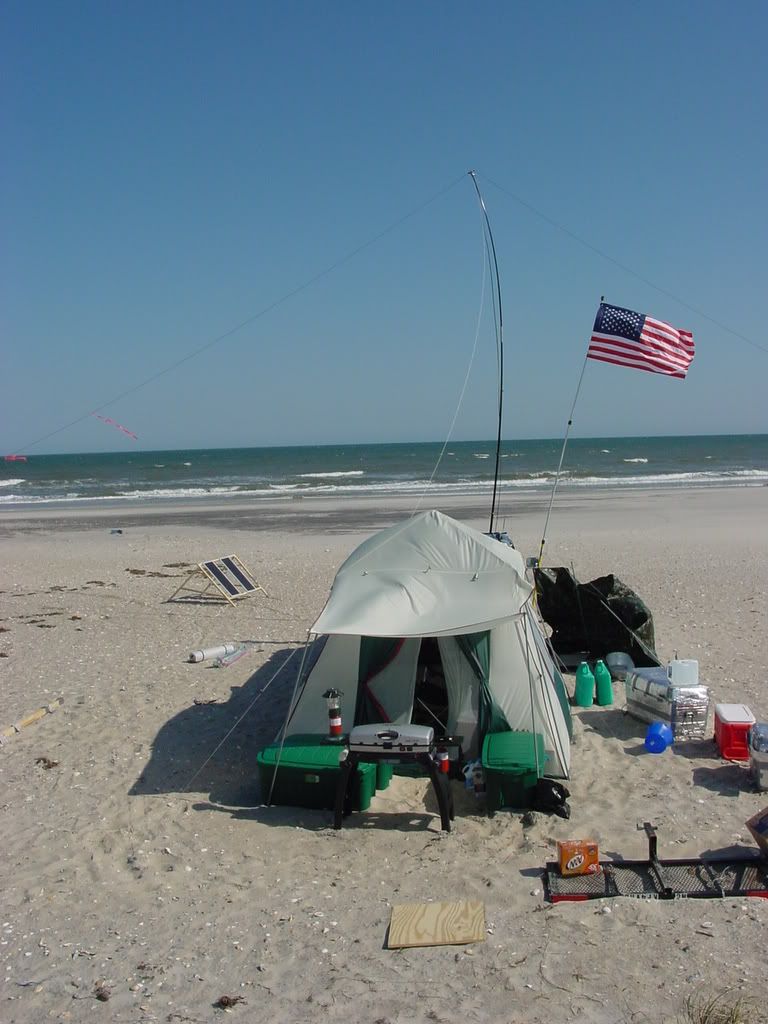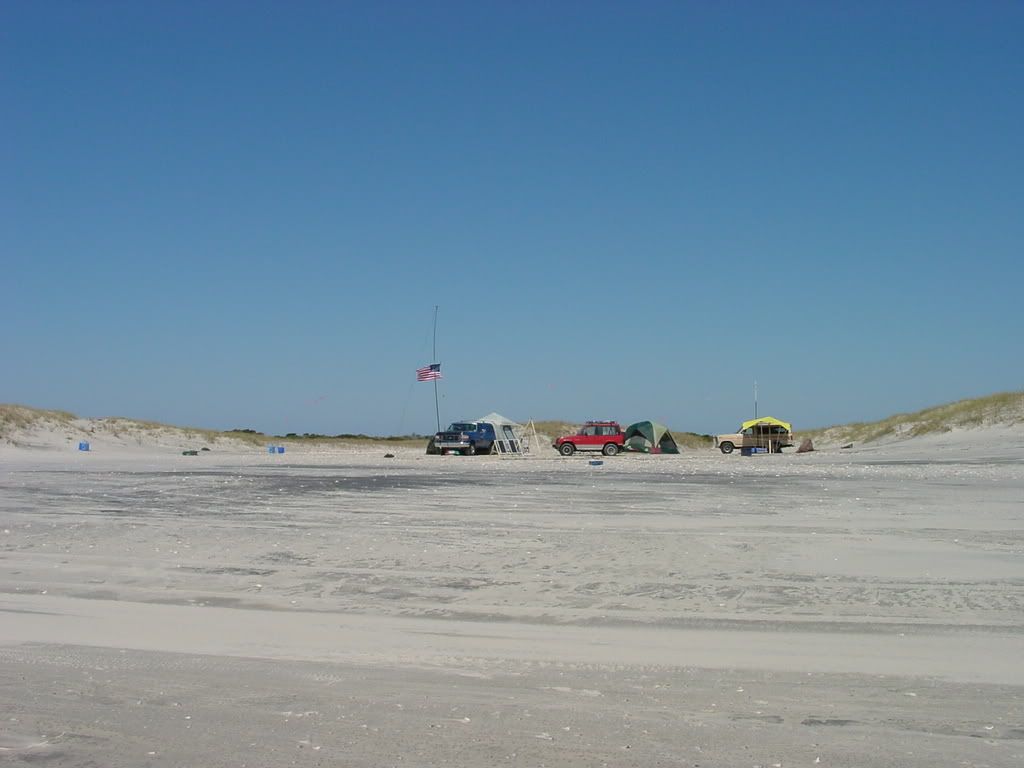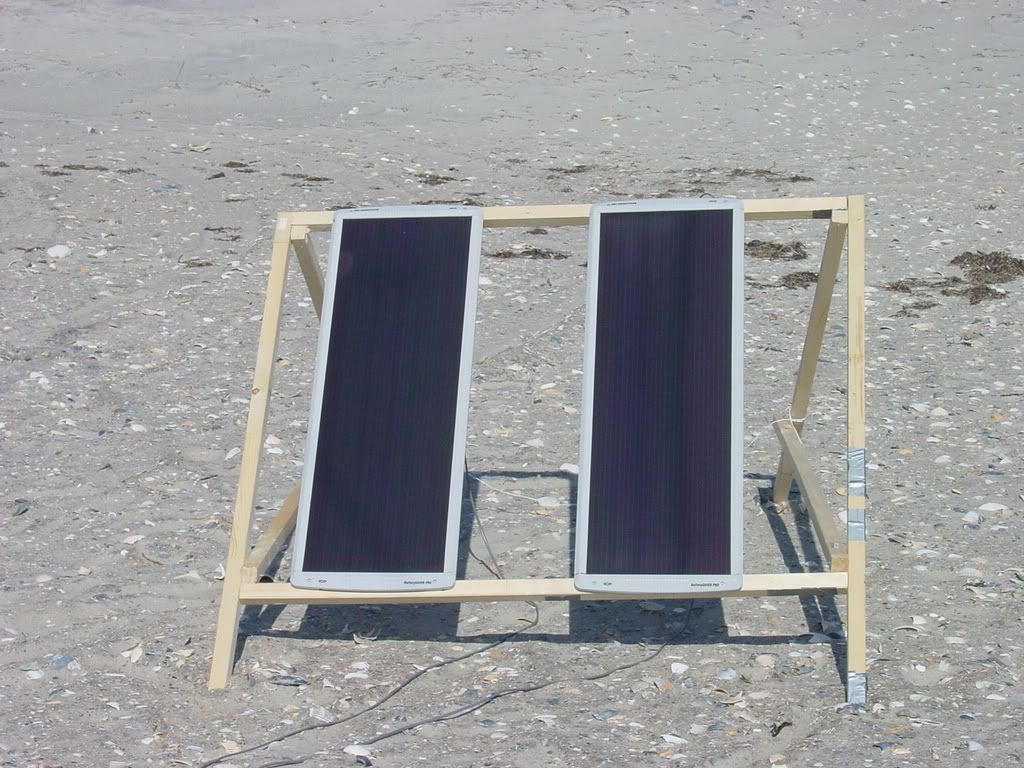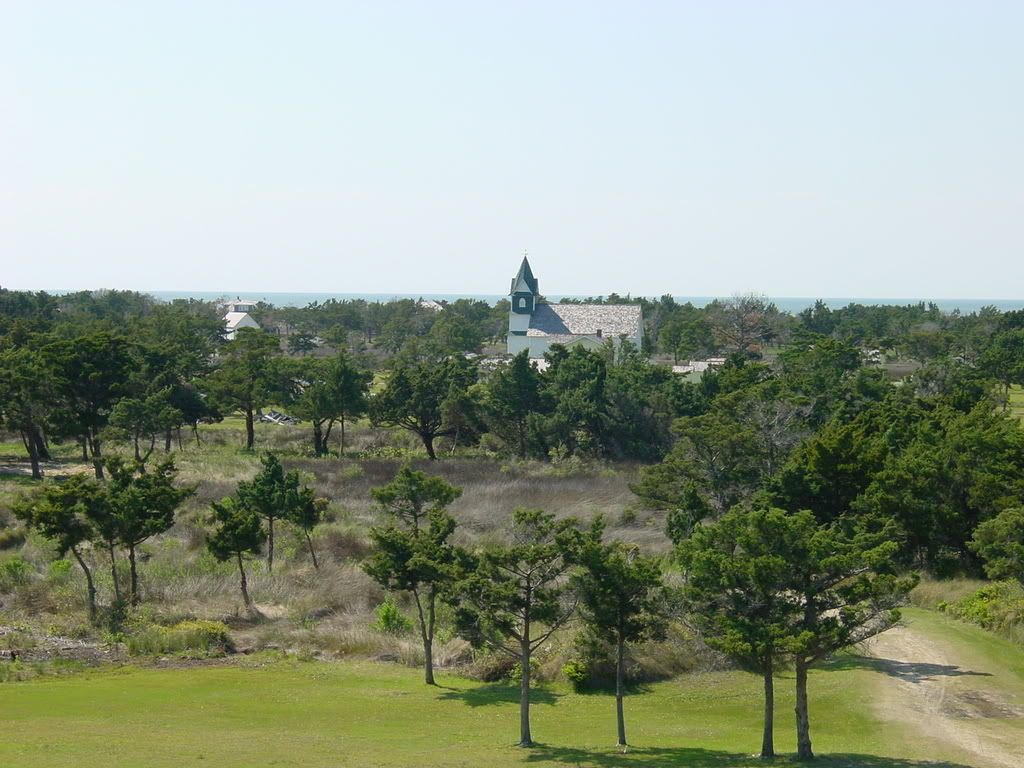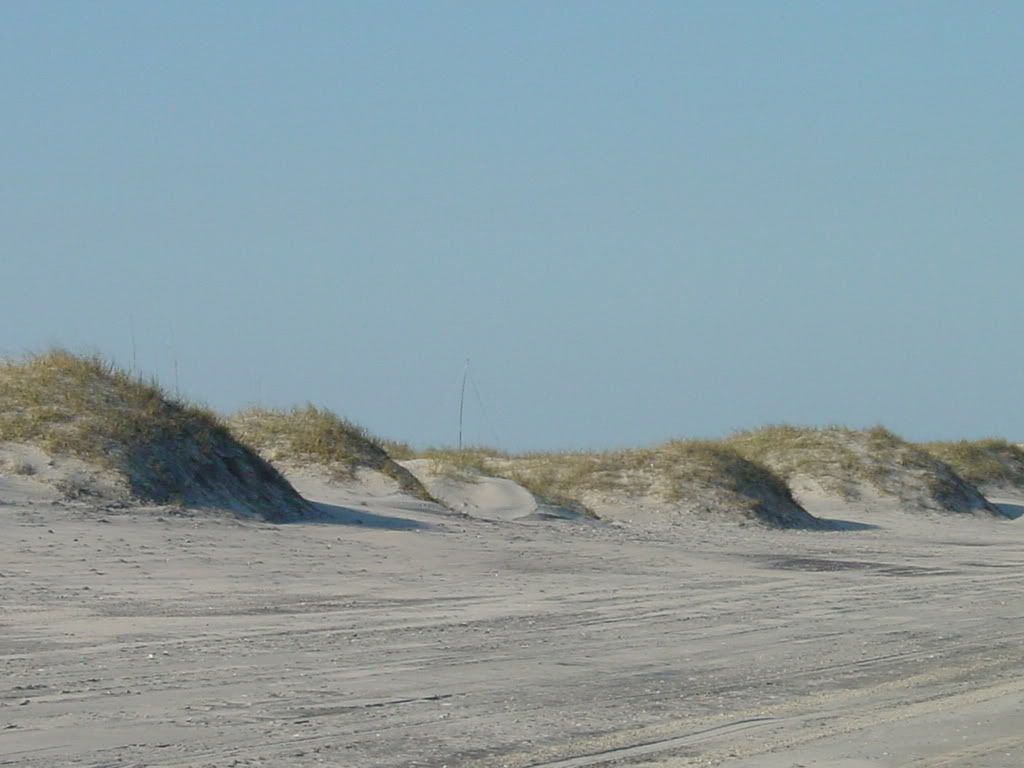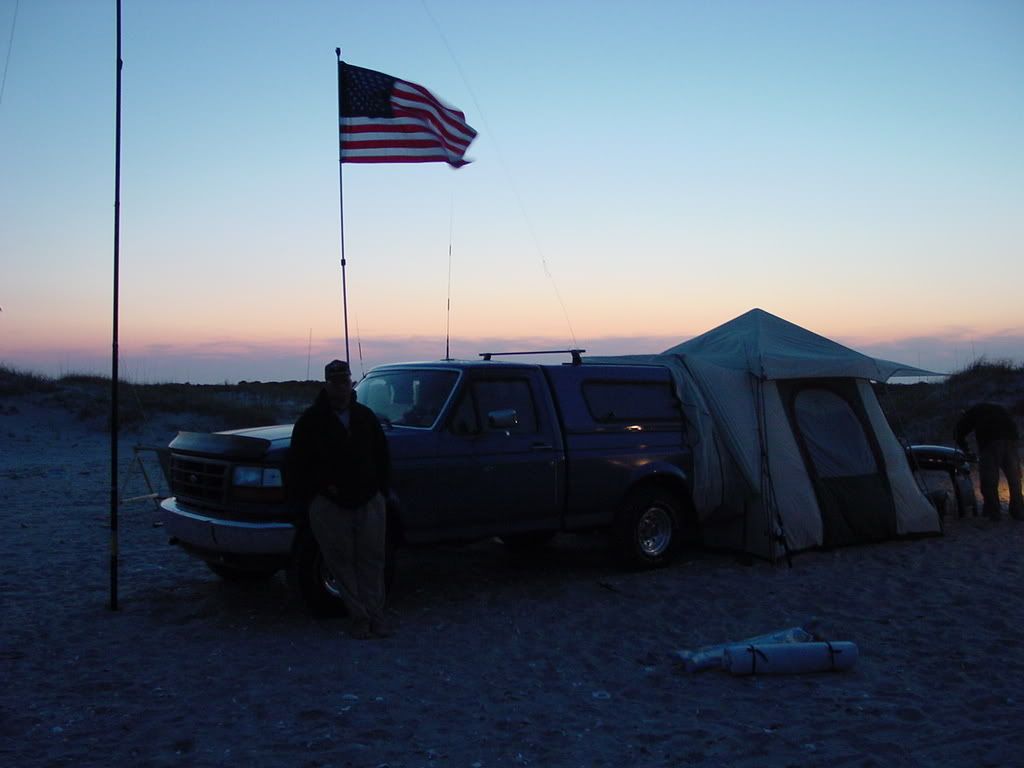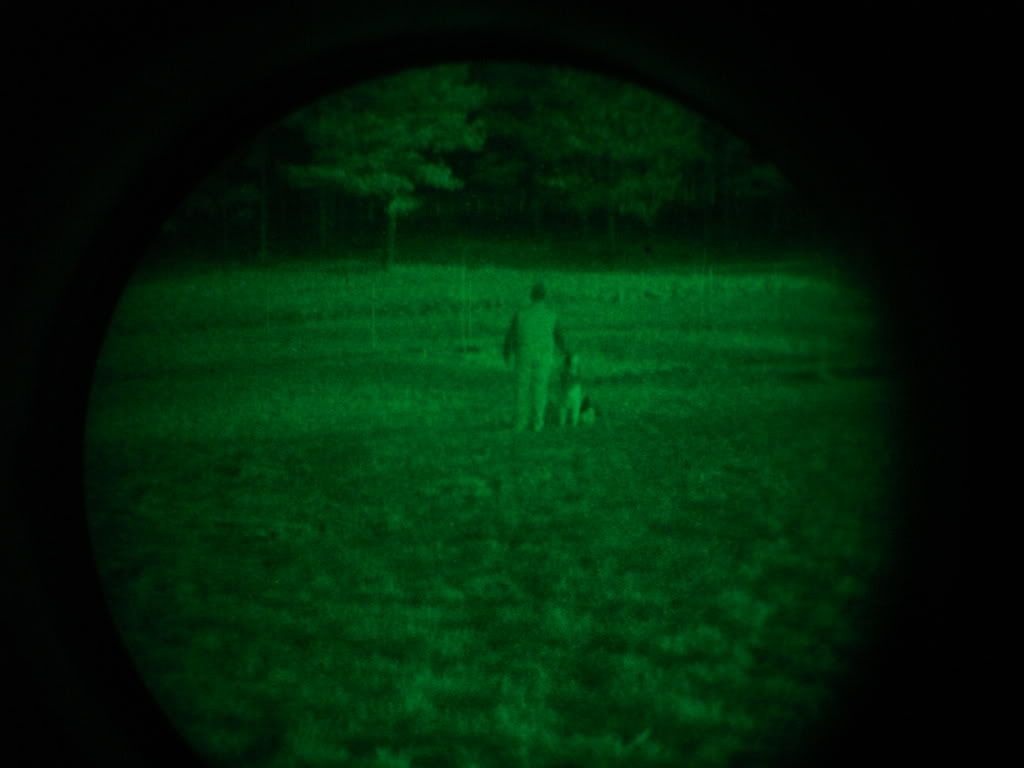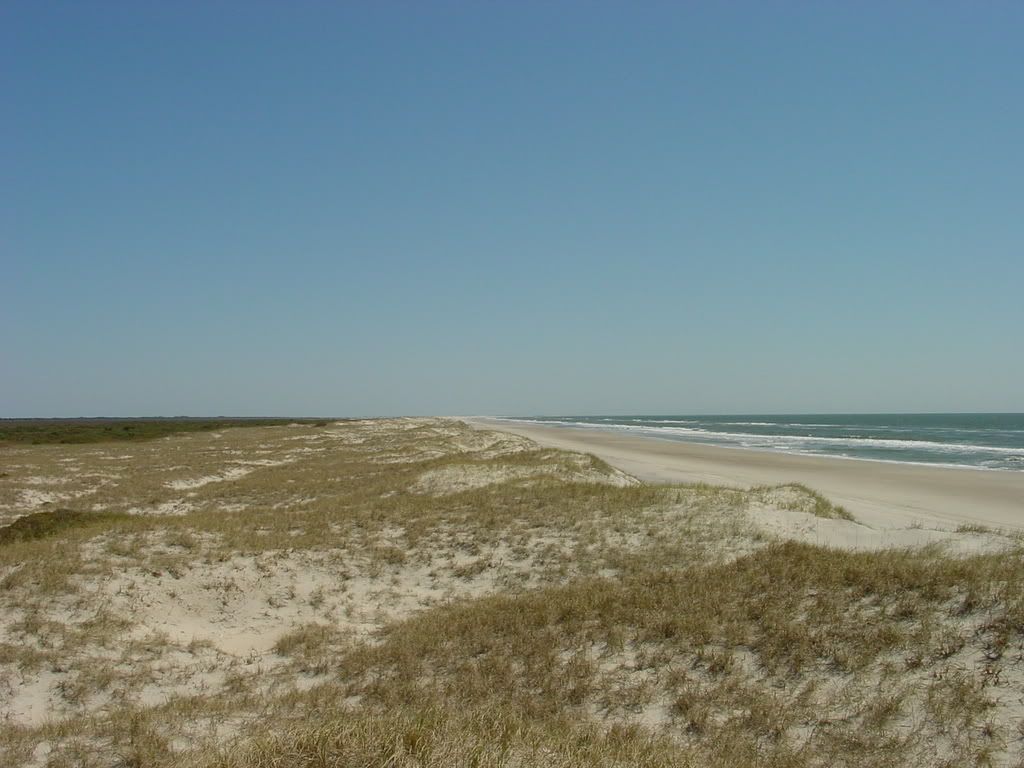
Operating a Ham Radio Station on a Remote Island...
Last year, a couple of my friends and I discussed where we were going to go the next year on our yearly trip. The idea of going to a remote island off the North Carolina coast won out. I decided to turn the trip into what Ham Radio Operators call a DXpedition. A DXpedition is where Ham Radio Operators usually operate from a remote island or rare grid square or so on. The idea is so other Ham Radio Operators will be able to work your station and get credit for various awards. The DXpeditions that you read about mostly have a support team; we would have to be our own support team. We also decided to turn our DXpedition into a Special Event Station (to get a 1X1 callsign for 2 weeks), and IOTA (Islands On The Air) event. Before I mislead you, I want you all to know that this was not a 24-hour a day operation as Hams go on in QST magazine (a magazine for Hams published by the American Radio Relay League). It was a few hours a day (usually 4) as this was a vacation also.
After the idea was hatched, I had to figure out what I wanted to do and how to do it. As for communication equipment, I had that already covered. I brought along the ICOM IC-706MKIIG compact HF rig that would be my #1 radio. An Automatic Antenna Tuner would also be required, but I had that base covered as well in a LDG AT-11MP.
My home antenna is a portable one and while it does well, I was going to need something larger. I acquired a G5RV antenna at a Hamfest. G5RV antennas work VERY well! Anyone who has been at the beach before knows that there are not many trees to hang your antenna from so a portable mast was also going to be required. I found what I was looking for in an MFJ-1910 33’ fiberglass telescoping mast.
I was also planning on working mostly digital modes (PSK31/MFSK16) so I had to have a laptop, which I did, along with the appropriate 12V DC power adapter.
Now that I had the station equipment covered, I needed to power it. I have some wet deep cycle batteries. But after our last trip in the woods, I wasn’t really satisfied with the special conditions that I had to consider when transporting them. I mean, they can leak acid and really make a mess of things IF the case bursts open. On a trip where you might encounter some dicey 4X4ing conditions you do not want to worry about your lead acid batteries spilling their guts on you other gear.
I became seduced by the prospect of acquiring some AGM batteries. These AGM (Absorbed Glass Mat) are very rugged and even if you poke a hole in the side of one, the bad stuff will stay inside which is perfect for my needs. Another plus was that the AGM batteries had a quicker recharge turnaround time (1 hour according to the specs) than a regular wet cell deep cycle.
I found what I was looking for at Bass Pro Shops for $119 for 79 amp hours. Pricey but money well spent in my opinion.
Batteries do not recharge themselves, unfortunately, so I had to come up with equipment that would fit the bill. I have an 1100W AC/DC (DC at 90 amps) 2-cycle gas generator that would do nicely for topping off the batteries.
It worked well but was a little gas hungry. It would run about an hour at full load before needing the tank refilled.
I also brought along two 15 watt solar panels for a total of 30 watts of solar power. The solar power was intended to keep my truck battery charged for the VHF operations and satellite radio entertainment. I did not use the solar for that purpose, so it went to extend the run time of the AGM deep cycle battery.
Here lately, I have found that those 1”X 1” 8 foot long boards really come in handy on camping trips. They are small enough to easily carry 8 of them and strong enough to use for tent poles and other camp needs. They will also work well for firewood should you not want to bring them back. I made a quick and dirty solar panel rack using 8 four-foot pieces of those 1X1’s and a few galvanized decking screws. Forgive my sloppy carpentry work. This was made in a matter of minutes. It worked beautifully and my only change would be to make a permanent version with a fold up capabilities.
Shelter wise, I opted for Cabela’s truck tent. This tent attaches to the rear of a truck with a camper shell or a SUV. This allows you to have both a hardened shelter (truck) and a tent shelter all in one. Not a bad concept and it worked well for the trip. If you are going to get one of these, be aware that unlike many tents on the market today, the truck tent does not have ventilation under the rain fly, so condensation can be an issue. I was able to use the tailgate of my truck as an operating position for the ham station, which gave the portable setup a solid operating surface. In other words, I didn’t have to worry about knocking the tailgate over as I would have a “camp table” and everything was above the sand that seemed to be everywhere.
Food was packed in coolers that were shielded by reflective heat barrier insulation (it looks like bubble wrap sandwiched between 2 thick layers of tinfoil) and also had a foam cooler type insulation custom fitted inside to keep it colder longer.
Also, I used homemade block ice along with dry ice to keep my food frozen longer than it would have been in a regular cooler. The dry ice kept the block ice frozen longer.
I also froze ½ liter Deer Park bottles to keep the food cold and provide me with good cold water when needed. I brought back most of the block ice I had made.
Water containers such as jerry cans take up space in this type of situation when you want to leave with less than you brought. On a previous trip, a friend had shown me 5 gallons of water in two 2-½ gallon containers. What impressed me was how nice they stacked. Once consumed, the cardboard and plastic containers could be easily burned. These wouldn’t be ideal for long term storage but seem to work well for situations where you have to slash and burn. I brought 40 gallons with me and it worked great!
Now since you have an idea of what we had to bring, I guess I should tell you why. A little history lesson is in order. Portsmouth Island was once a large port town in the 1800’s. Sea faring ships would unload their cargo on Portsmouth Island, to which the people on Portsmouth would then transport the cargo across the shallow sound to the mainland. After a storm cut a deep inlet directly to the mainland, most of Portsmouth’s economy went to fishing. After a few large storms in the 1900’s, people started moving away from Portsmouth and onto the mainland. In the early 70’s, the last permanent resident of Portsmouth Village moved to the mainland and Portsmouth is now a ghost town along the Outer Banks of North Carolina. Today, the only folks that come to Portsmouth are surf fishermen and Hams crazy enough to brave the elements to setup a station along the island.
There is NO power and only limited potable water and toilets near the ferry landing but they would be 15 miles away from our center of operations. During high tide, the beach road would be impassable for a few hours. I was able to talk to a late arrival into our camp from 12 miles away. That comes in very handy when there are NO landmarks, just sand, sky and ocean.
Cell phone coverage was a little spotty but doable. A large dune in our immediate camping area made a good platform to get into a cellular repeater. I also would get some tropospheric ducting on my wireless email PDA at night but it was spotty at best. To me this was a perfect environment to test out my comm. gear and make notes of what worked and what did not work.
The 33’ MFJ-1910 telescopic mast failed, but I fixed it to keep us on the air. Instead of 33’ it became a 27’ mast.
My idea of keeping us 24/7 on the APRS network didn’t exactly work as I planned, but we were on a few hours a day. Considering that we were over 70 miles away, we still did very well to get into the APRS node. I can say that the HF station I ran, ran perfectly once I started transmitting.
I worked many DX countries and many states. I often got compliments on my signal and I was impressed, as many were, about my operating conditions.
One of my favorite comments was, “so all you guys have to do is provide the radios and antennas and the rest is provided on the island???” As I said before, we had to bring everything!
When on a DXpedition, it pays to have a contact on the mainland SOMEWHERE. RadioRay provided that crucial link, and we even proved that you could correct a T-shirt order over HF! RadioRay was also willing to provide traffic handling should we had needed to pass traffic.
We had an awesome time and learned a lot of valuable info in other areas as well as communications! Sure you can test your gear at home, but to really test your gear you have to take it to extreme levels to figure out what does and does not work! It only works if you “know” it does, not if you “think” it does. 73
Later,
ZombieAxe
